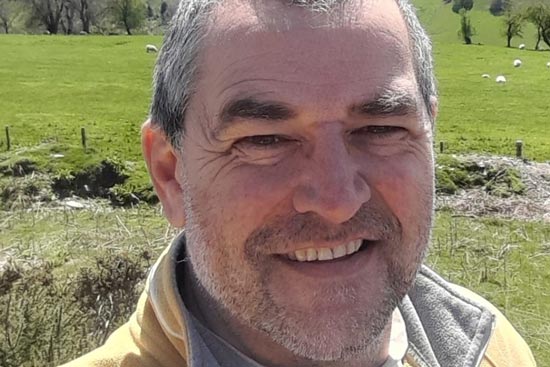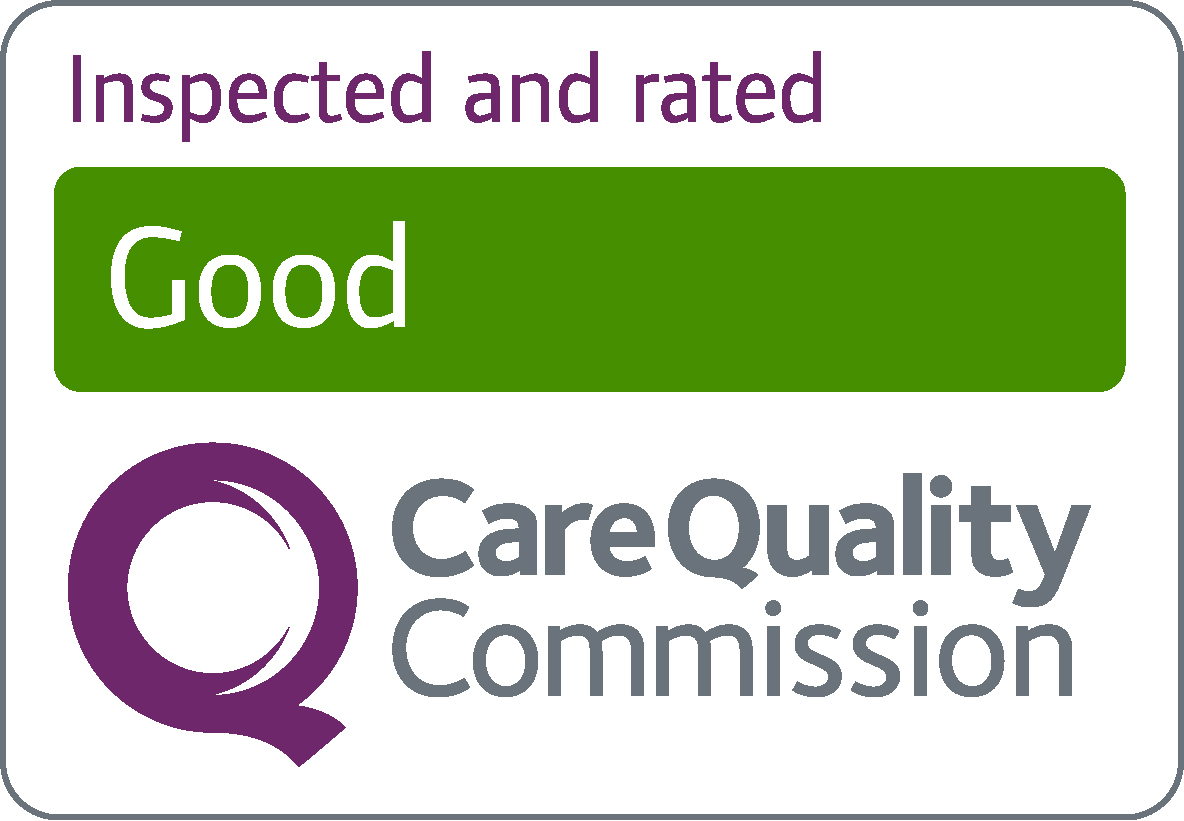Darren’s spreading the word about male breast cancer
Date of release: 23 October 2023
A father-of-two, who was diagnosed with breast cancer after his wife felt a lump in his chest, is urging other men to make sure they stay alert to the signs and symptoms.
Darren Pallett, a HGV driver from Willenhall, was diagnosed with grade two invasive ductal cancer in June this year and was lucky that it was detected early.

Darren Pallett
His wife, Fiona, felt a lump in his chest whilst he was lying down. She is profoundly visually impaired, and has a heightened sense of touch.
Although Darren, 57, was initially shocked, he tried to remain calm. Both his sisters had had cancer too which made him worry more. After his operation, he received genetic testing, and the results thankfully came back negative.
“I want to encourage men to feel their breast area monthly as it’s not spoken about enough. If it wasn’t for my wife, I could have been in a different situation today,” said Darren, who received care and support through The Royal Wolverhampton NHS Trust (RWT).
“It has made me more aware of cancer and how it’s just as important for men to check monthly, as well as women. A lot of my male colleagues thought only women could get it, so raising awareness is important.”
Darren’s sons recently had genetic testing too, again with negative results, and he has told them to make sure they check themselves.
Samantha Bullows, Breast Care Clinical Nurse Specialist, said: “Darren has recovered well from his surgery and is now on a self-managed pathway for five years. This includes annual mammograms and open access to the Breast Care Nursing Team.
“Male breast cancer accounts for around 370 breast cancer cases in the UK every year. I strongly encourage all men to seek GP advice if they notice any changes to their chest.”
Darren has thanked staff in the Breast Care Service at RWT for being so supportive and reassuring to both him and his family.
The symptoms of breast cancer in men include:- a lump in the breast – this is usually hard, painless and does not move around within the breast
- the nipple turning inwards
- fluid oozing from the nipple (nipple discharge), which may be streaked with blood
- a sore or rash around the nipple that does not go away
- the nipple or surrounding skin becoming hard, red or swollen
- small bumps in the armpit (swollen glands)
Read more about these symptoms via the NHS website

